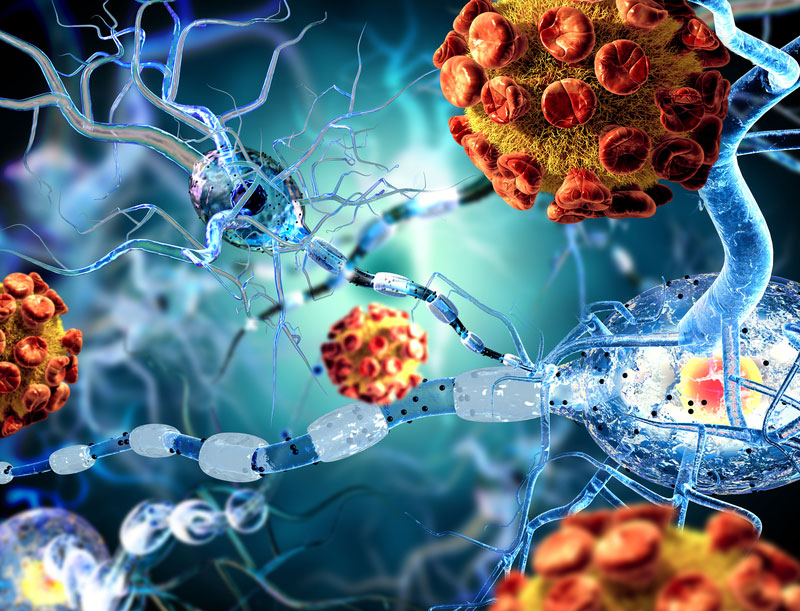What Is Multiple Myeloma And How Is It Treated?
Progression Of Myeloma

As this cancer progresses, the high levels of calcium and proteins overwork the kidneys, which eventually start to fail. The body then begins to fail as it can no longer rid itself of waste or excess fluids and salts. This often causes the legs to swell and feel itchy. Multiple myeloma also has a negative effect on healthy blood cells. As the cancerous cells multiply crowding out the healthy cells, the damaged bone marrow will also lose the ability to create healthy blood cells.
This will result in the patient developing anemia (dangerously low supply of red blood cells), leukopenia (very low white blood cell count) and thrombocytopenia (abnormally low count of platelets). Anemia can cause dizziness, shortness of breath and weakness, while the other two conditions weaken the immune system.
Diagnosis Of Multiple Myeloma

Since an abnormally high number of M-proteins in the blood is one of the key indications of multiple myeloma, a doctor will begin performing blood and urine tests when they first suspect a patient has the disease. However, myeloma is difficult to diagnose on the basis of a single test, so a variety of diagnostic tests are usually performed. In addition to blood and urine tests, a physical evaluation, review of patient history, as well as a bone marrow biopsy may be performed to see if abnormalities are found. Additional tests used to diagnose myeloma are X-rays MRIs, CT scans, and PET scans. A thorough examination and tests are important in helping doctors make accurate diagnoses as well as treatment plans for each individual patient.
